|
So pleased to announce this forthcoming anthology that I get to work on alongside the fabulous writers Keila V. Dawson and Lindsay H. Metcalf, with the amazing Karen Boss of Charlesbridge.
Calling all teachers and librarians!Enter the Epic Eighteen back-to-school educator book giveaway. You could win a pack of 36 newly released trade picture books, including a signed copy of LOVE, MAMA! Or second prize, a pack of seven more! There are many more prizes, click the image to read more about the contest and to enter the rafflecopter!
I was so happy to be able to have a couple of pieces in this beautiful exhibit in the lovely Wedeman Gallery at Lasalle College. Sadly, I didn't take photos of all the fab art, but Mia Wenjen of PragmaticMom shared this great video: This is easily adaptable for the youngest of toddlers (think handprints!) through grade schoolers.LOVE, MAMA inspired photo frame (v. 1)1. Purchase unfinished wood heart frame from craft store. (About $1 each) |
| TO ENTER: 1. Preorder one or more copies of LOVE, MAMA. It is available for preorder on IndieBound and wherever books are sold. Enter the preorder giveaway before midnight EST, December 31, 2017. 2. Fill out the ENTRY FORM 3. Everyone who enters will receive a personalized, signed bookplate and will be entered into drawing for grand prize. |
The grand prize gift package includes:
Preordering from Books on the Square:
If you preorder LOVE, MAMA directly from Books on the Square, I will sign and personalize it for you.
Call: 401-331-9097 or 1-888-669-9660 (toll free), or,
Order online: BOTS on IndieBound, Check the "pick up in store" box, and write "For LOVE, MAMA launch party January 6th" in the comments box at checkout.
Alternatively, you can preorder from BOTS and have it shipped to your home, and I will sign it on January 2 before it gets mailed to you. Write in comments box: "Requesting a signed copy" and include the details of the person to whom you would like it addressed.
- LOVE, MAMA bookmarks and stickers,
- A pack of 10 LOVE, MAMA greeting cards,
- One of Kipling's favorite books about rocks,
- A hand-knit, child-sized replica of Kipling's scarf made by Cyn Brunelle,
- And wishing rocks from Kipling's collection.
Preordering from Books on the Square:
If you preorder LOVE, MAMA directly from Books on the Square, I will sign and personalize it for you.
Call: 401-331-9097 or 1-888-669-9660 (toll free), or,
Order online: BOTS on IndieBound, Check the "pick up in store" box, and write "For LOVE, MAMA launch party January 6th" in the comments box at checkout.
Alternatively, you can preorder from BOTS and have it shipped to your home, and I will sign it on January 2 before it gets mailed to you. Write in comments box: "Requesting a signed copy" and include the details of the person to whom you would like it addressed.
Author
Jeanette Bradley loves penguins, art, and chocolate, though not all at once.
Categories
All
Book Love
Classroom Activities
Conferences
Crafts For Kids
Diversity
Events
Illustration
LOVE MAMA
Printables
Self-publishing
Shows
WNDB
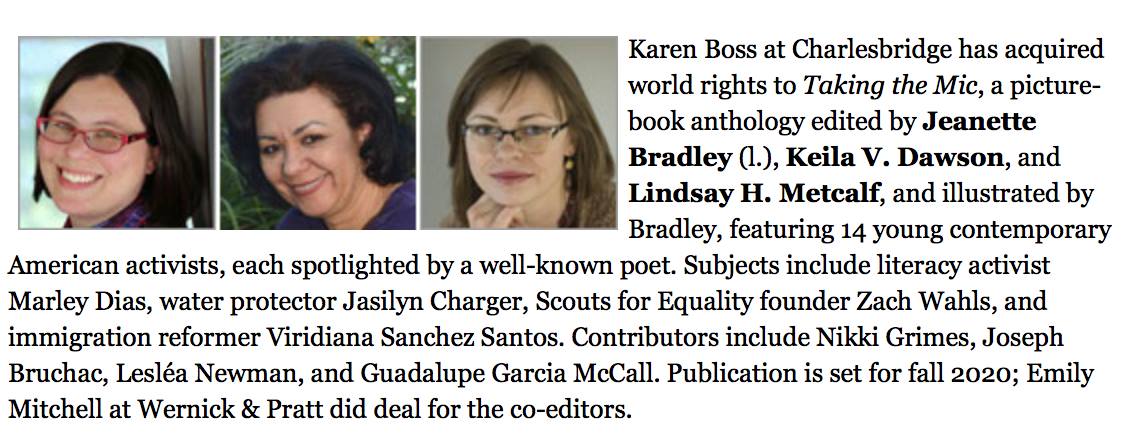
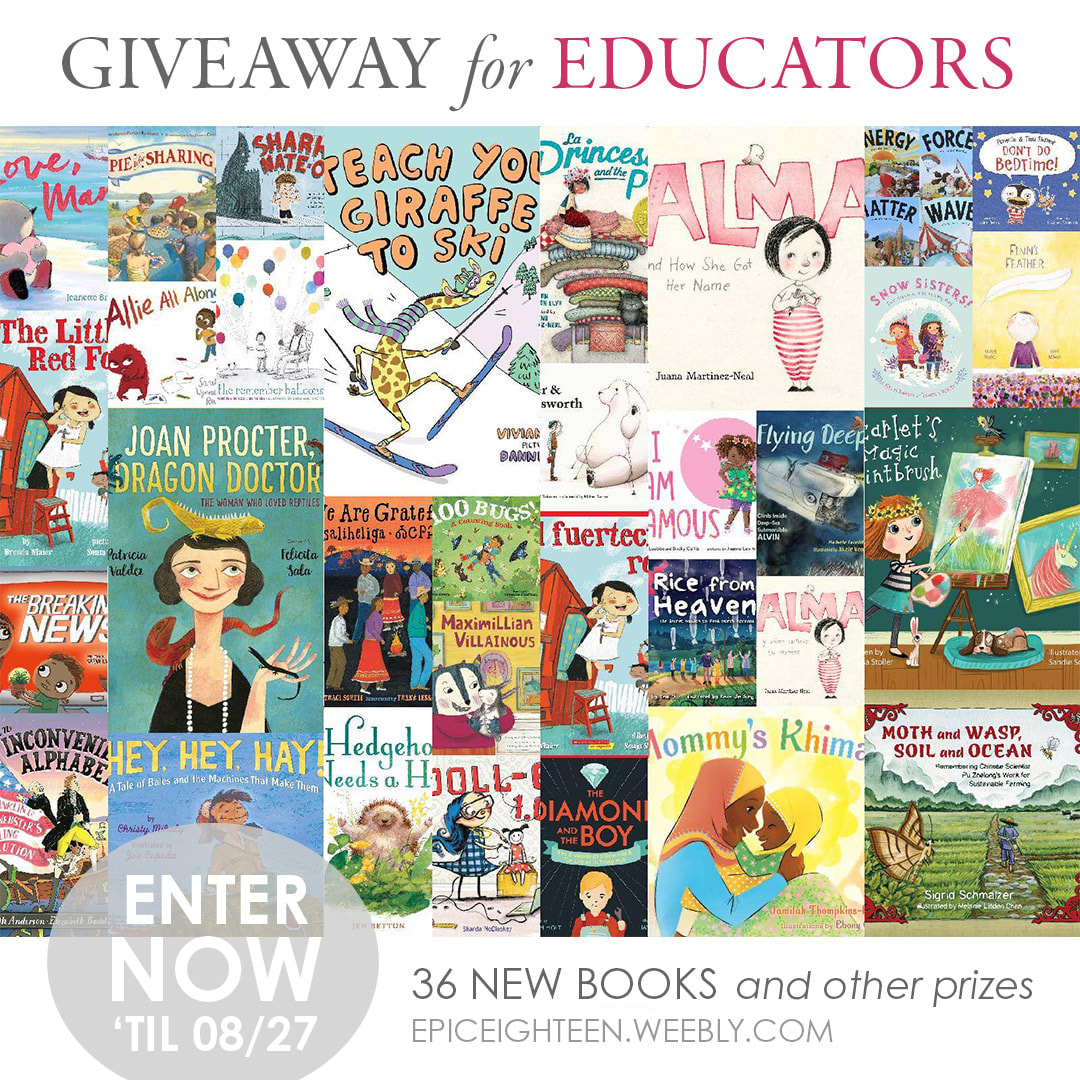
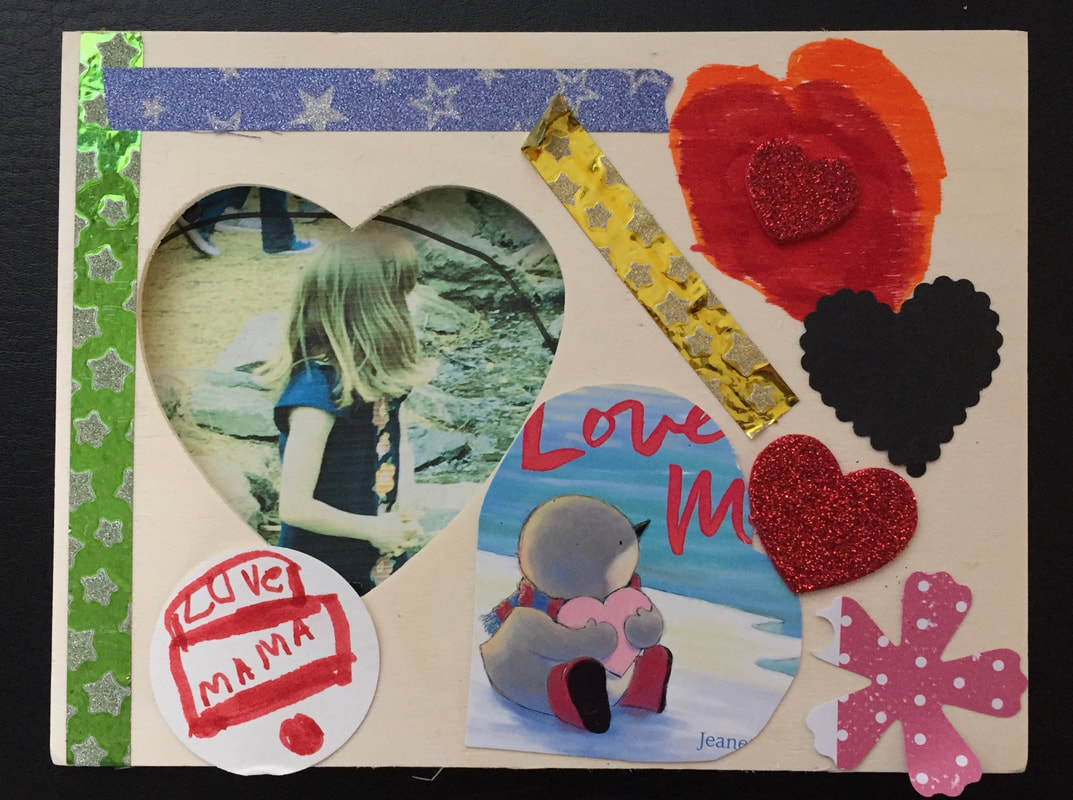
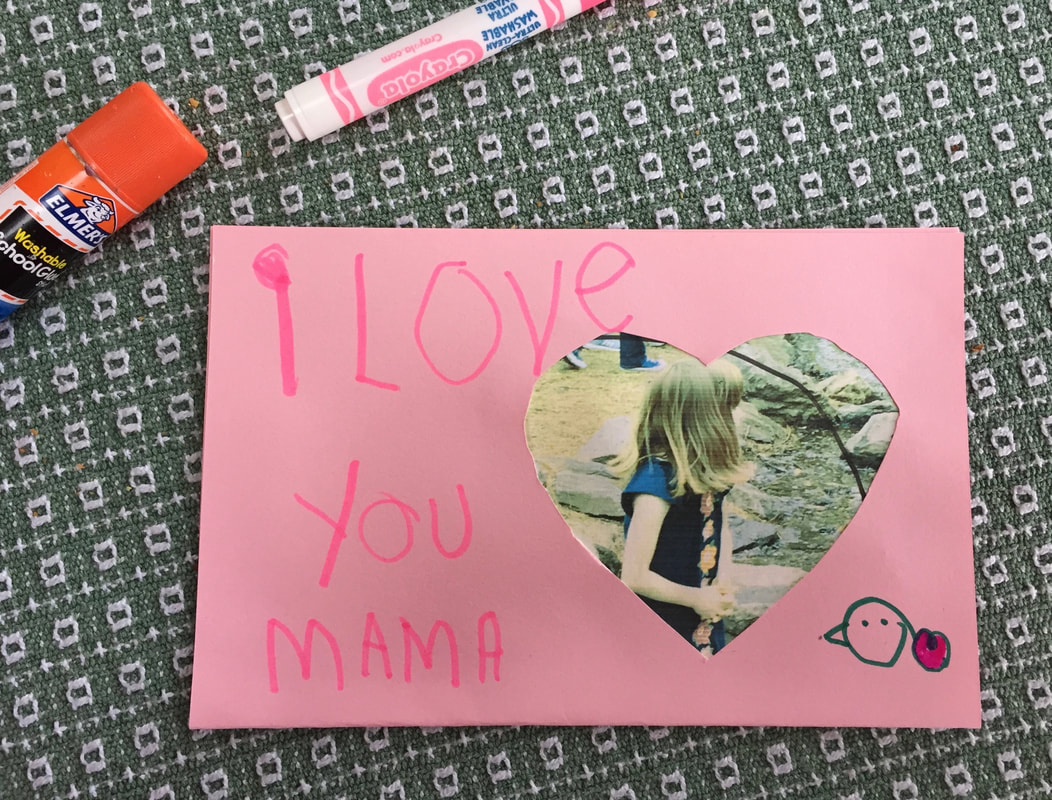
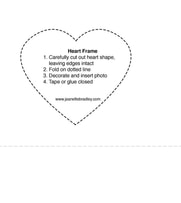
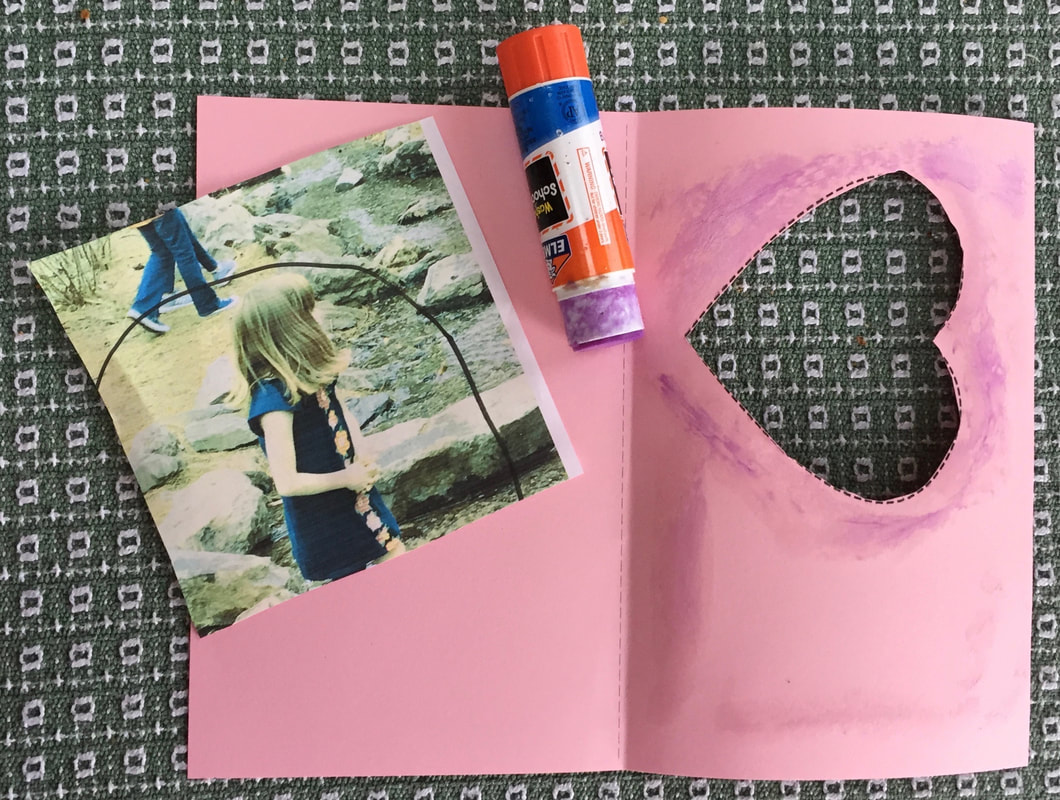
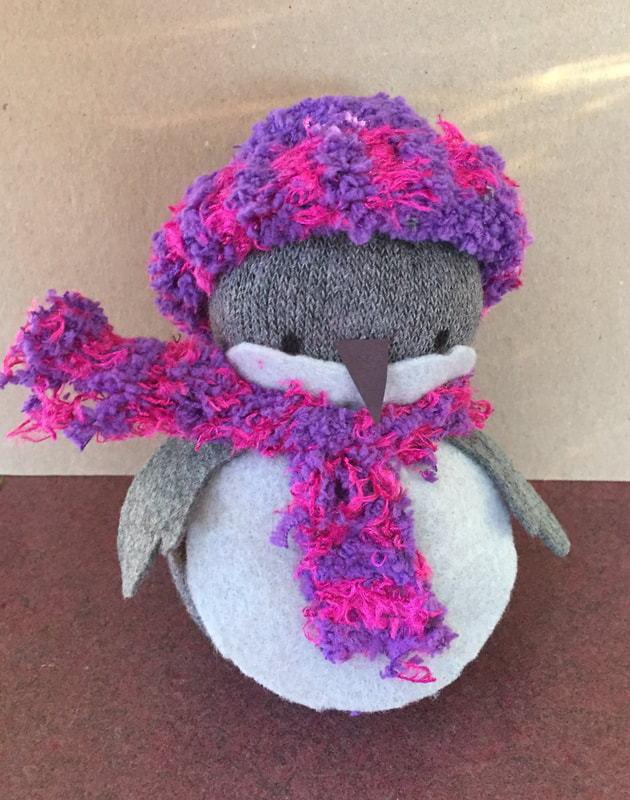

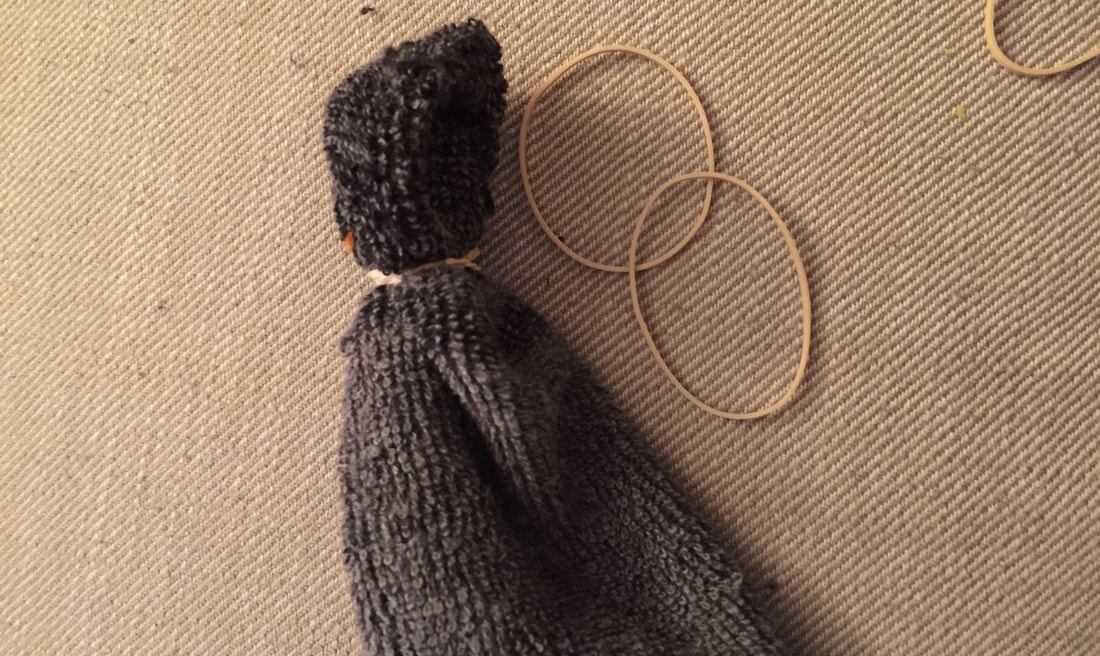
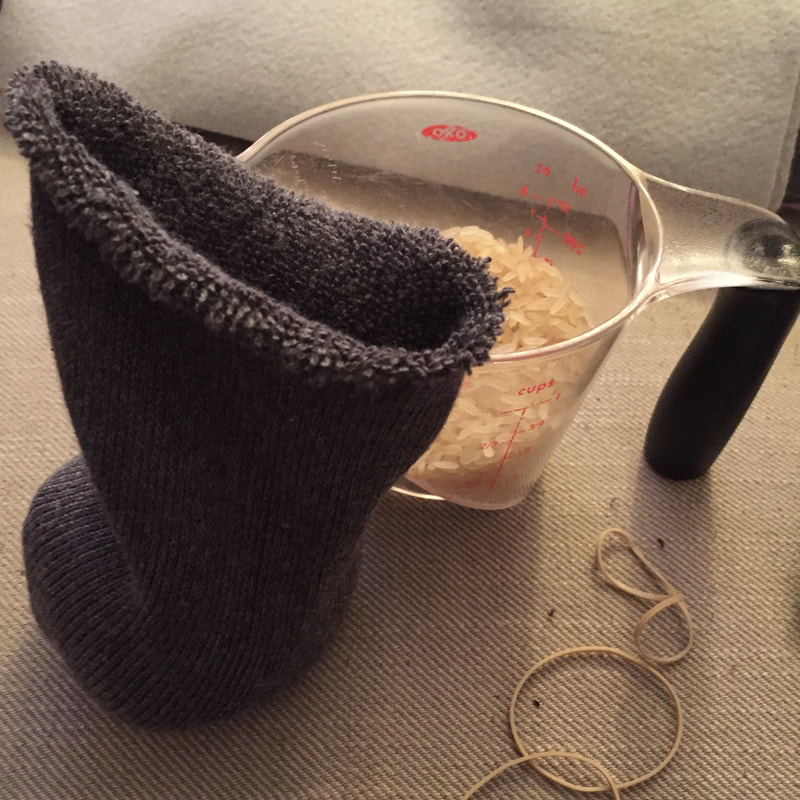
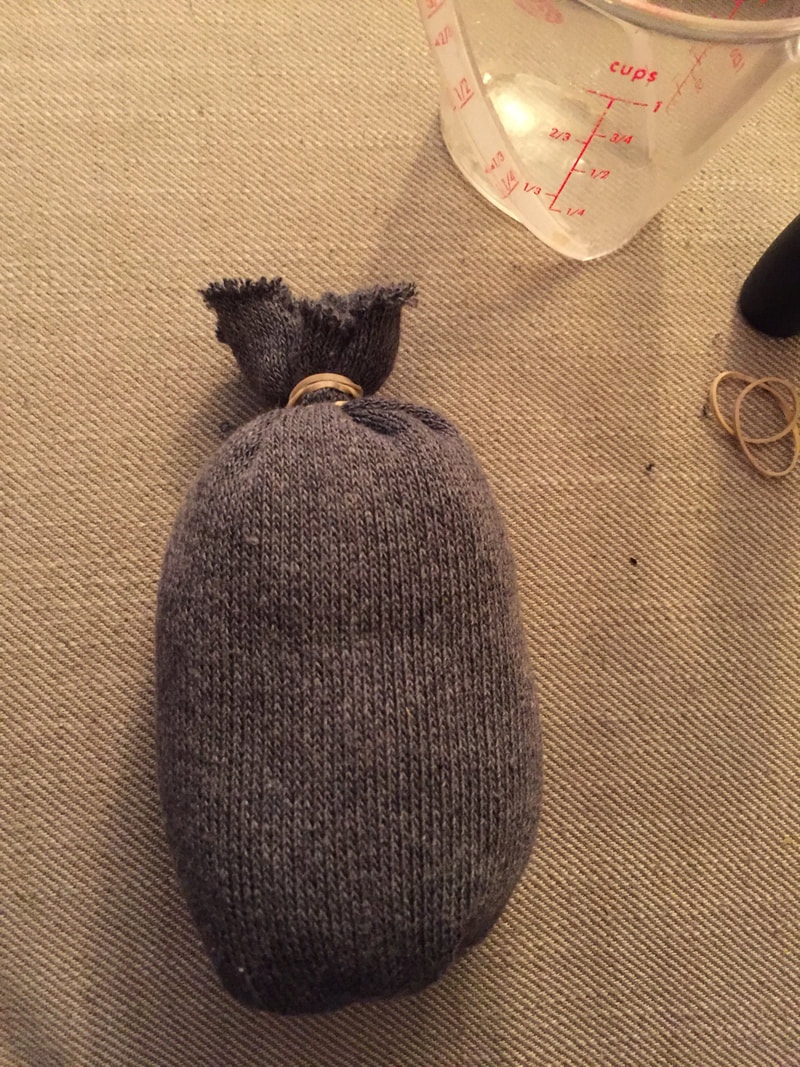
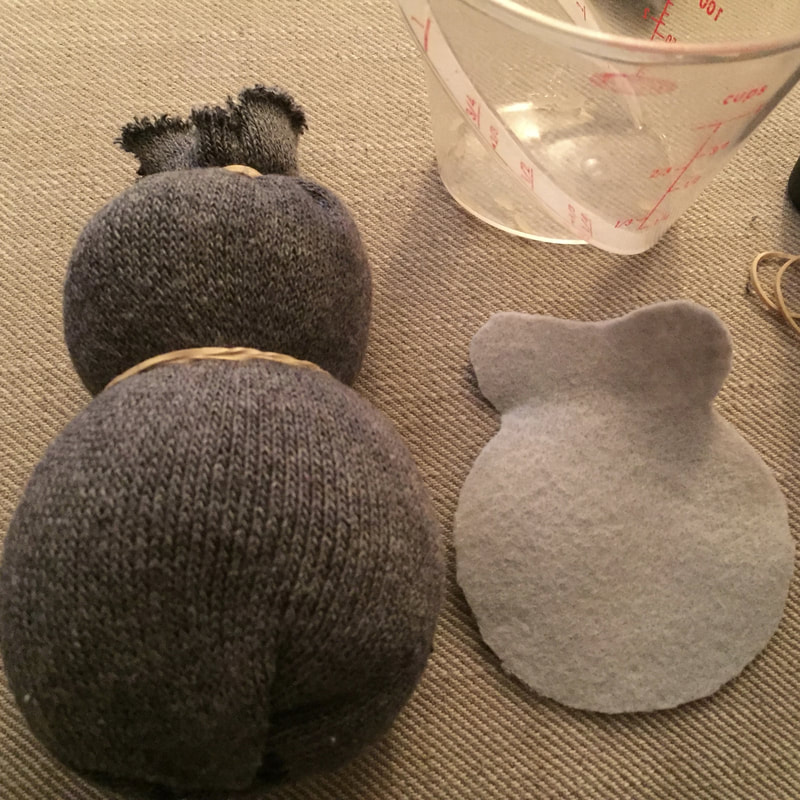
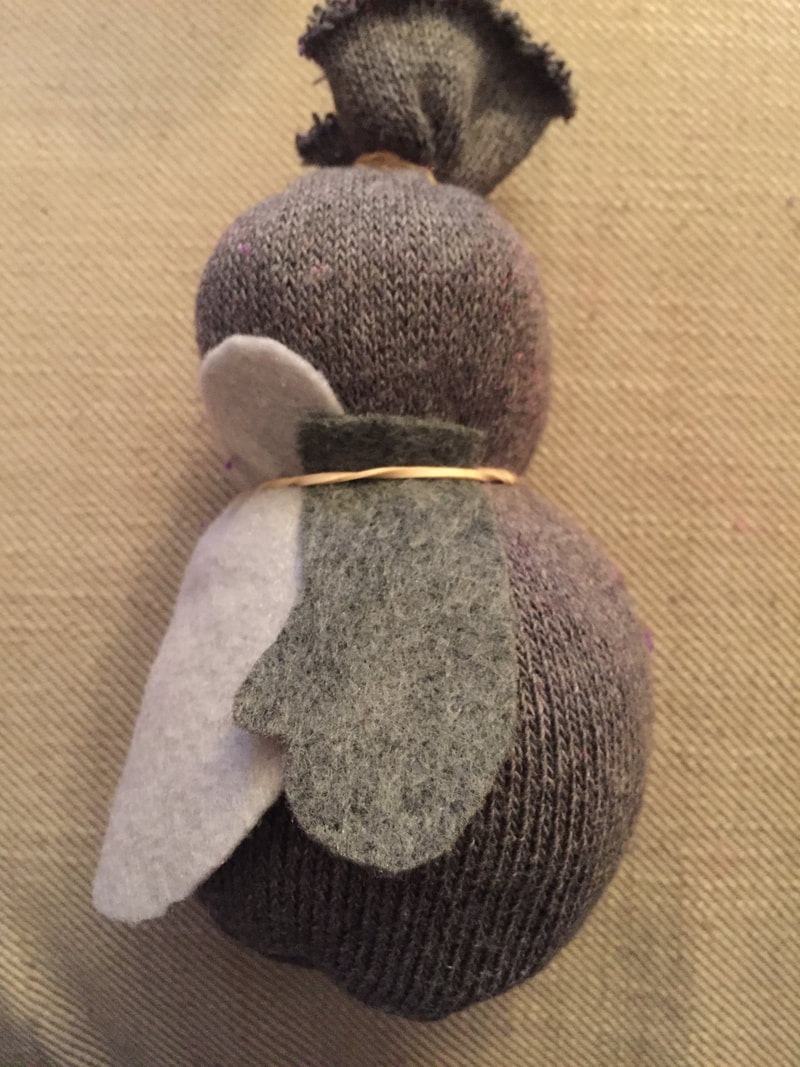
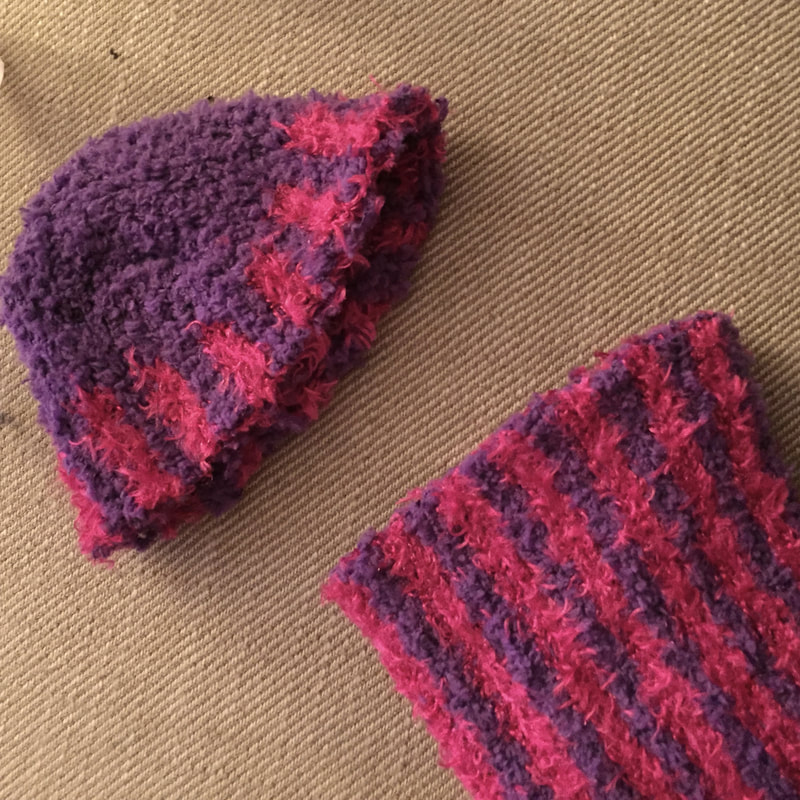
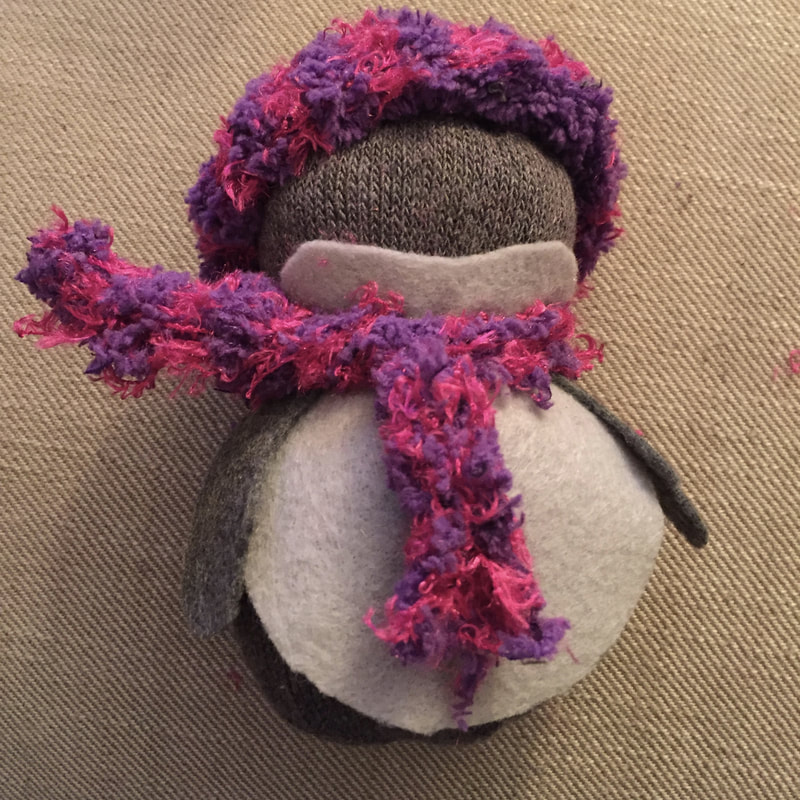
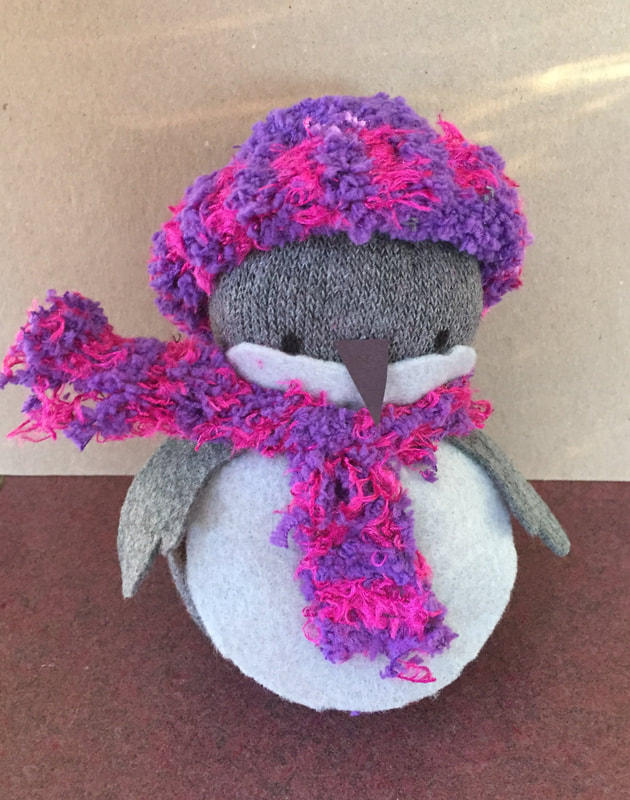
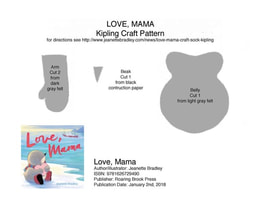
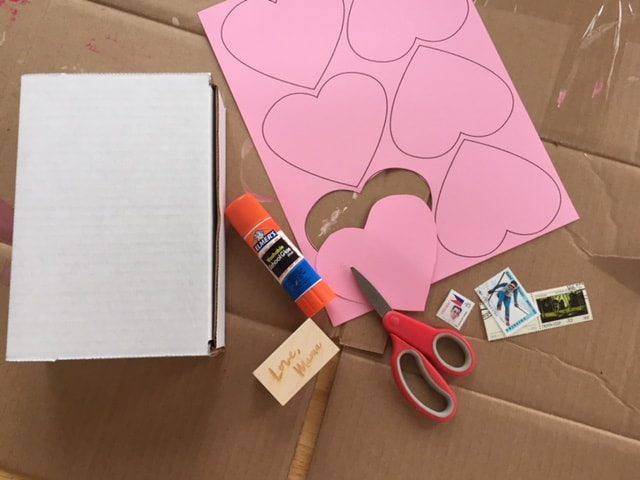
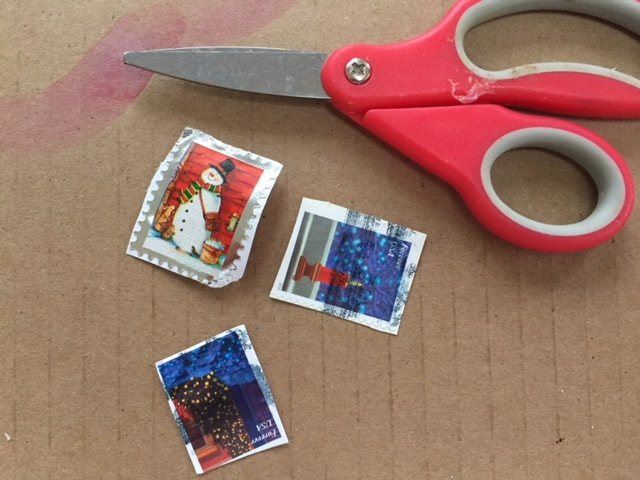
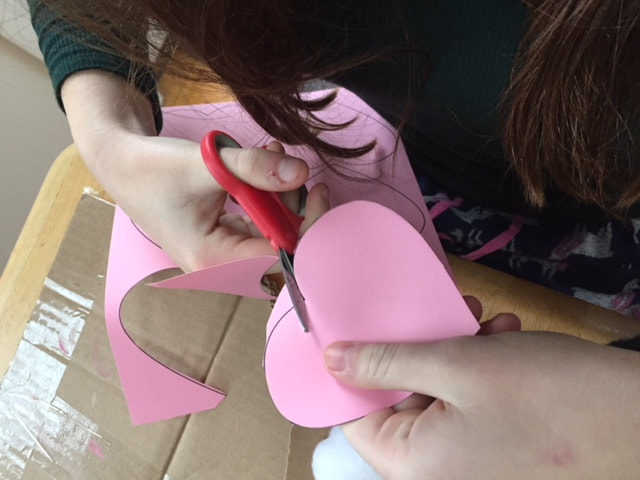
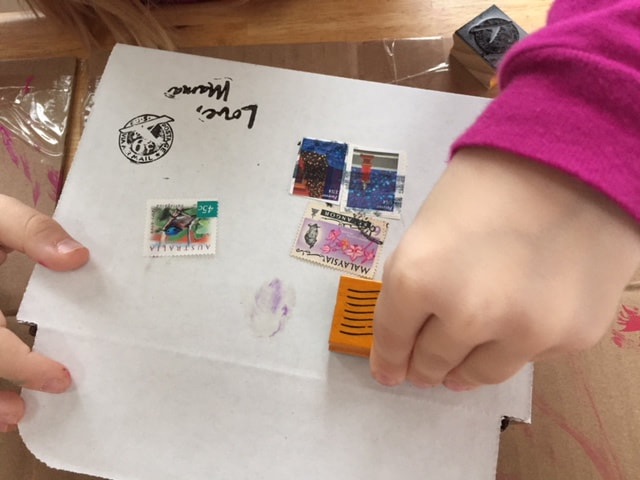
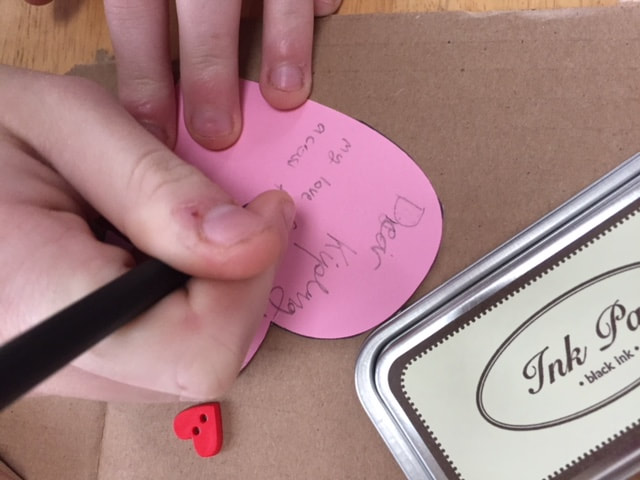
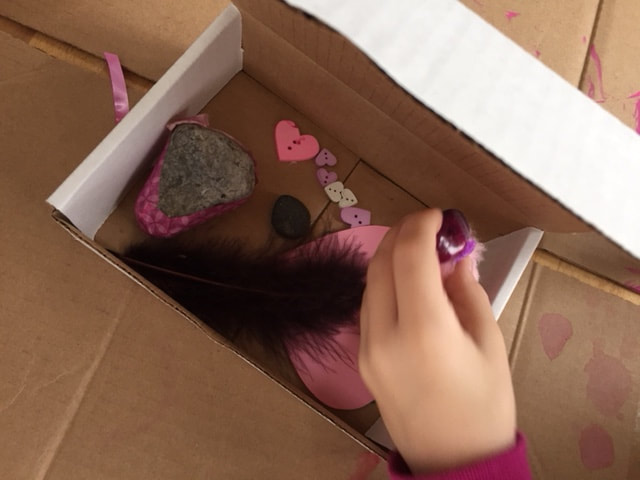
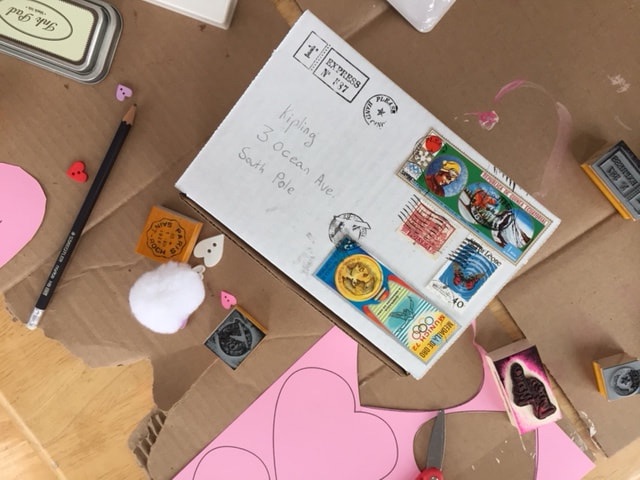
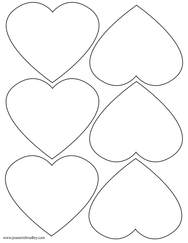
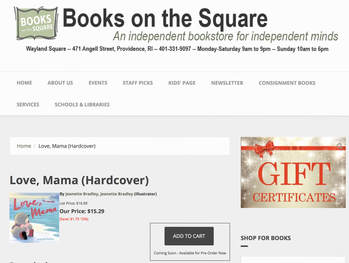
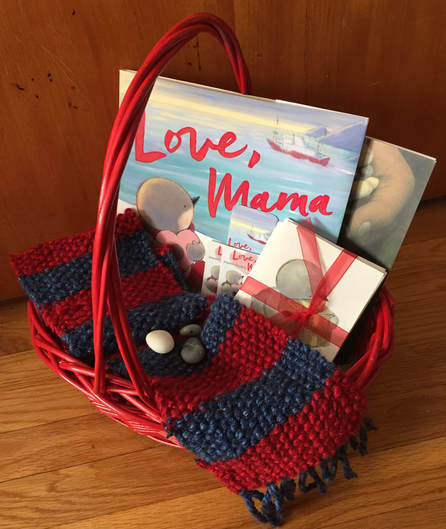
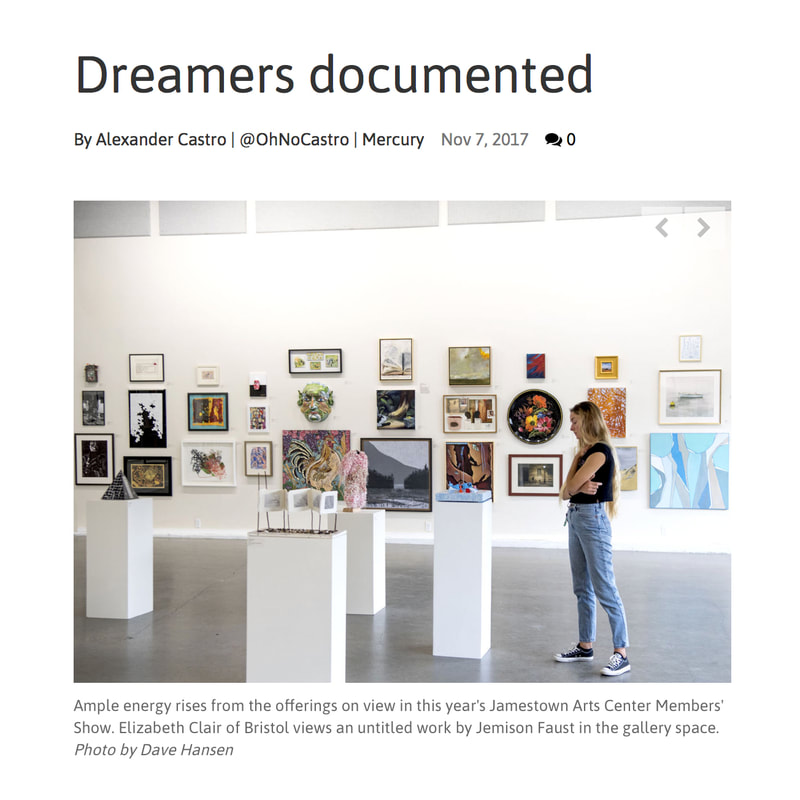
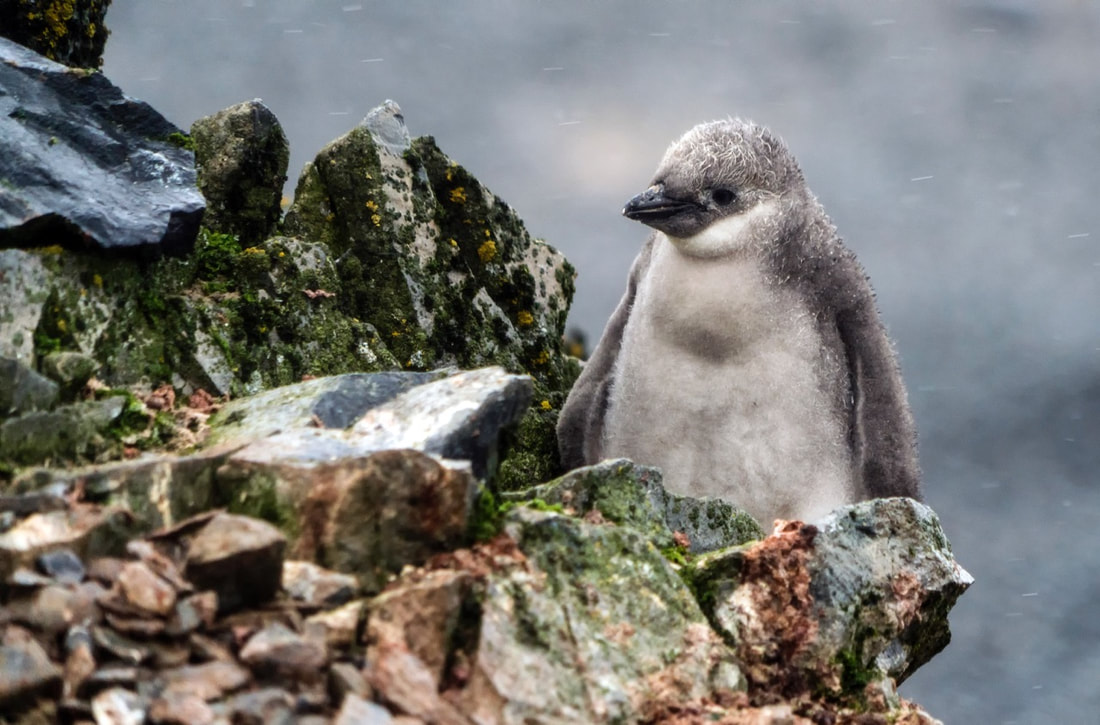
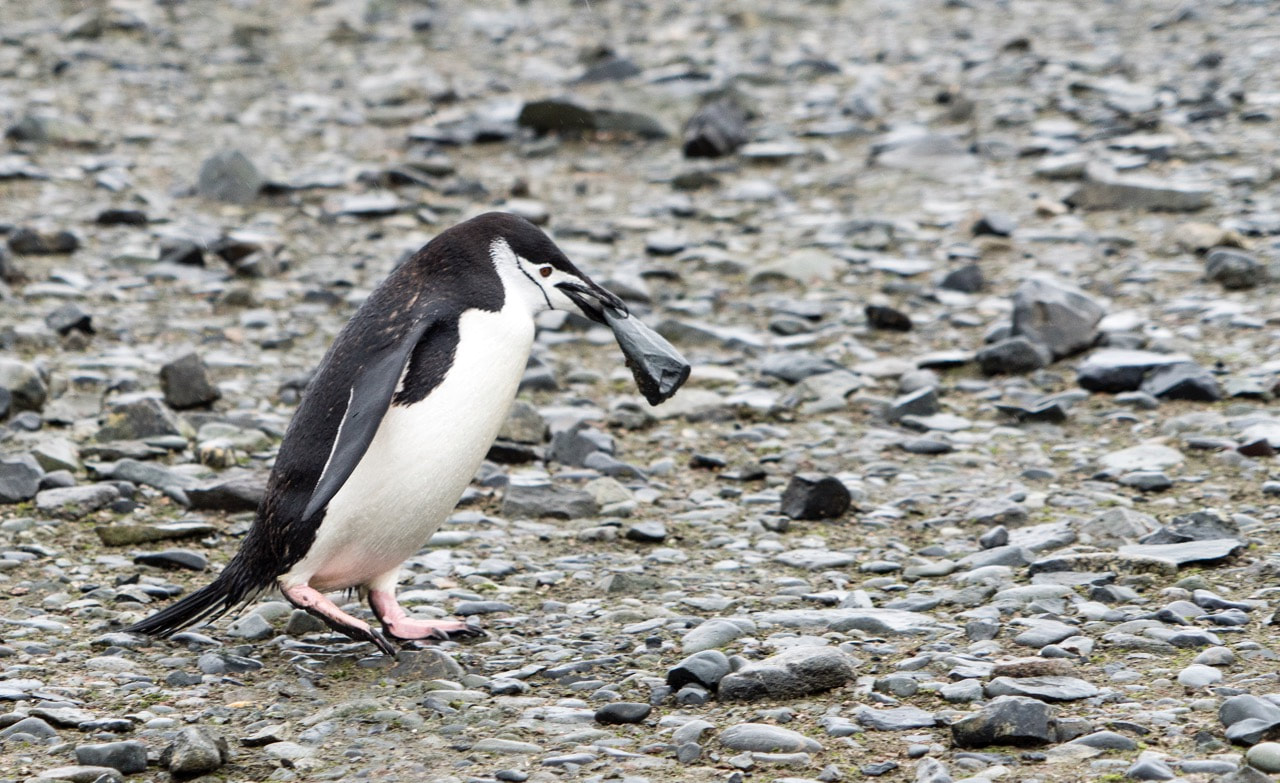
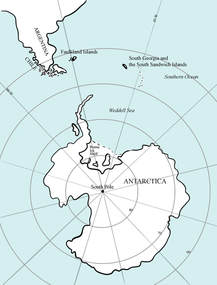

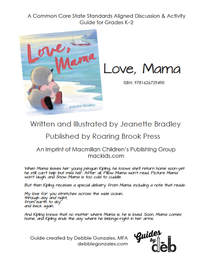
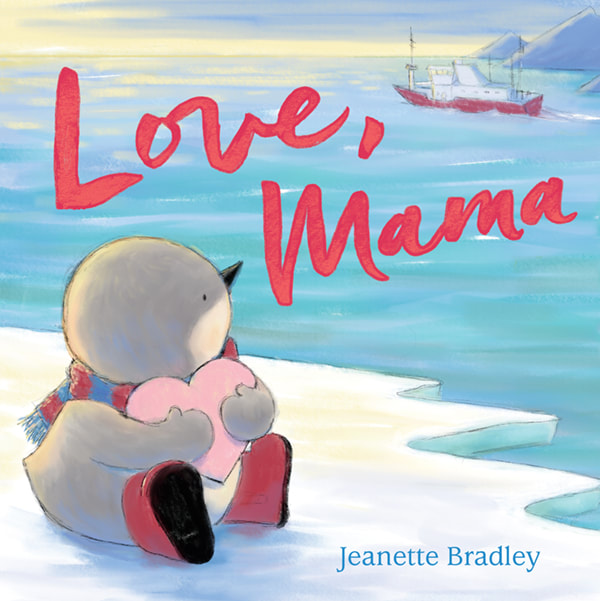
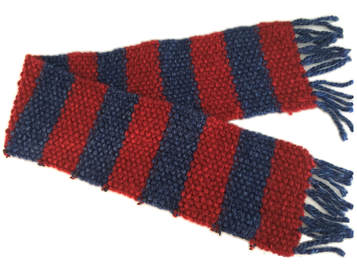
 RSS Feed
RSS Feed